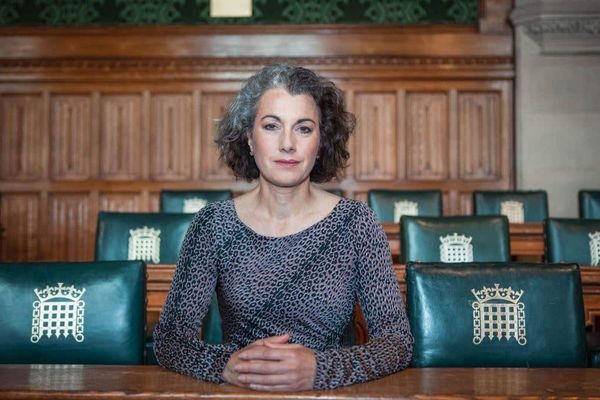
Total Covid-19 infections in the UK fell at the start of the month, in fresh evidence the current wave may have peaked – though levels have yet to start dropping in all parts of the country.
There has also been an “encouraging” decrease in the number of patients in hospital with the virus.
A rise in Covid-19 patients in the run-up to Christmas was one of a number of factors mentioned by health chiefs as creating extra pressures on the NHS, along with bed shortages, staff sickness and a surge in flu cases.
Some 2.7 million people in private households in the UK were likely to test positive for coronavirus at the start of this month, down from 3.0 million over Christmas, according to the Office for National Statistics (ONS).
Around one in 25 people in England and Scotland are estimated to have had Covid-19 at the new year, along with one in 19 in Wales and one in 14 in Northern Ireland.
The latest figures suggest there are different trends across the country.
Michelle Bowen, ONS head of health surveillance, said that while infections have fallen in England and Wales, “Scotland has seen another week of increases, while the trend in Northern Ireland is uncertain”.
She added: “Cases have decreased across most English regions and age groups; however, infections continue to rise in the over-70s.”
The current wave of coronavirus looks to have peaked at a level below those seen in previous outbreaks.
Infections climbed as high as 4.3 million last winter during the spread of the Omicron variant, but this was topped a few months later during the wave caused by the Omicron BA.2/3 subvariants, when infections reached a record 4.9 million.
Prevalence of the virus in Scotland remains the highest since July 2022, with 219,600 people likely to have had Covid-19 at the new year, up from 213,100 at Christmas.
The latest estimate for England is 2.2 million infections, down from 2.5 million, while Wales has seen infections fall to 157,000 from 173,200.
In Northern Ireland, infections are estimated to be 129,100, compared with 118,100 at Christmas.
The ONS infection survey is the most reliable measure of the prevalence of coronavirus and is based on a sample of swab tests from households across the UK.
Separate NHS data shows the number of people in hospital in England with Covid-19 has fallen to pre-Christmas levels, with 7,743 patients recorded on January 11, down 17% from the previous week.
Figures had been on an upwards trend since late November, until levelling off over Christmas.
The rate of Covid-19 hospital admissions in England is down week-on-week from 10.8 per 100,000 people to 9.1.
Patient numbers in Scotland and Wales are also starting to drop, while in Northern Ireland the trend is currently unclear.
Dr Jamie Lopez Bernal, consultant epidemiologist for immunisation at the UK Health Security Agency (UKHSA), said: “These early signs that Covid-19 infection levels may be in decline are encouraging and welcome, but we cannot be complacent.
“We’re heading in the right direction but Covid-19 is still circulating at high levels and hospital admissions remain high in the oldest age groups, so it is particularly important that everyone who is eligible continues to come forward to accept their booster jab.”
Around a third of people in England aged 50 and over still have not received the latest booster dose of coronavirus vaccine, with overall take-up estimated to be 64.3%, according to UKHSA data.
Take-up is lowest among 50 to 54-year-olds (42.2%) and 55 to 59-year-olds (51.8%), though levels are higher for older groups such as 75 to 79-year-olds (82.3%) and over-80s (82.1%).
All people aged 50 and over are able to book an appointment for the booster, providing they had their last jab at least three months ago.
Doses are also available for frontline health and care workers, pregnant women and people with weakened immune systems.







